1. Mona Lisa’s Secret Smile
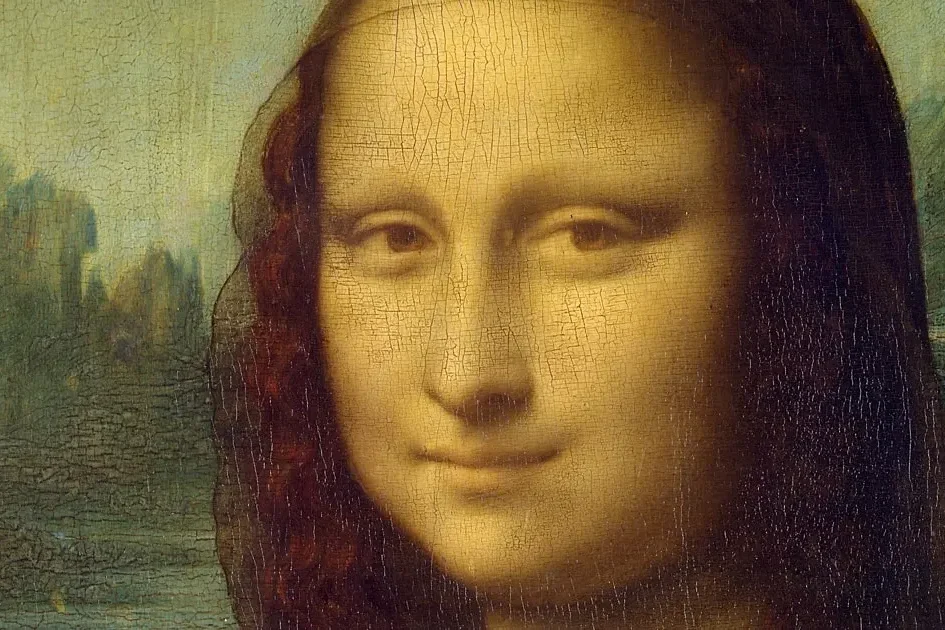
Art has always hidden secrets in plain sight, and few paintings prove that better than the Mona Lisa. Her smile changes depending on where you look, sometimes soft and other times unreadable. Leonardo da Vinci used a blending technique called sfumato to blur lines and create emotion that shifts with your gaze. People have stared for centuries trying to define her mood, yet that mystery is what makes her timeless. It’s the subtle trick of light and perspective that turns a portrait into a living whisper, forever caught between serenity and curiosity.
2. The Hidden Music in The Last Supper
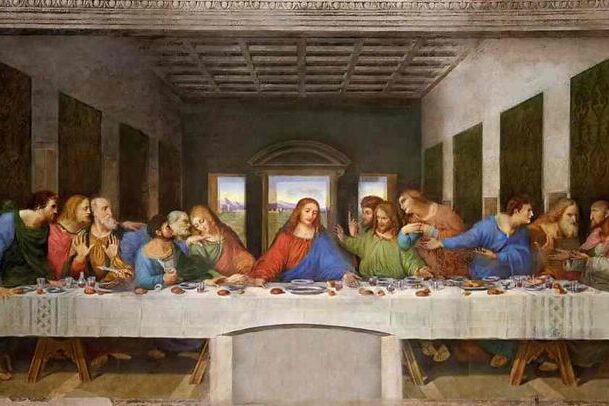
Leonardo da Vinci’s The Last Supper carries more than religious meaning. Some believe the arrangement of hands and loaves follows a musical pattern, creating a silent melody across the table. Whether or not da Vinci intended this, his mind was known for merging art and science so effortlessly that sound could almost live within the painting. The calm and chaos of the scene feel rhythmic, like an invisible pulse that holds the moment together. It’s as if the final meal echoes beyond words, turning brushstrokes into music for the soul.
3. Van Gogh’s Turbulent Sky
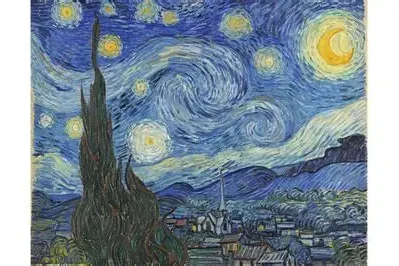
When you stare at The Starry Night, you feel motion in stillness. Vincent van Gogh didn’t just paint stars and wind; he painted emotion and movement itself. Scientists later found that his swirling sky resembles the mathematical flow of turbulence, showing how nature and feeling merge in chaos. Every spiral feels alive, as if the night itself breathes with energy and pain. Van Gogh captured the rhythm of the world and turned it into something you can almost hear. His madness and genius meet there, where color becomes sound and silence feels alive.
4. The Mirror in The Arnolfini Portrait
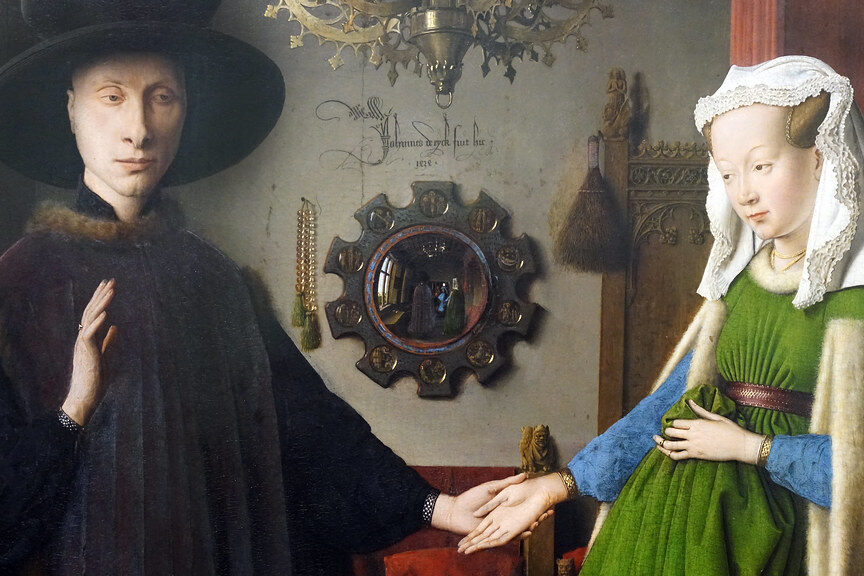
At first, Jan van Eyck’s The Arnolfini Portrait looks like a simple depiction of a wealthy couple. But in the tiny mirror behind them, two unseen figures appear, one believed to be the artist himself. That reflection transforms the scene into something deeper, turning viewers into witnesses. Every detail, from the polished glass to the faint light from the window, carries meaning about love, loyalty, and life. It feels almost cinematic, like catching a private moment through a hidden lens. Even centuries later, that quiet reflection still stares right back at us.
5. Botticelli’s Layered Venus
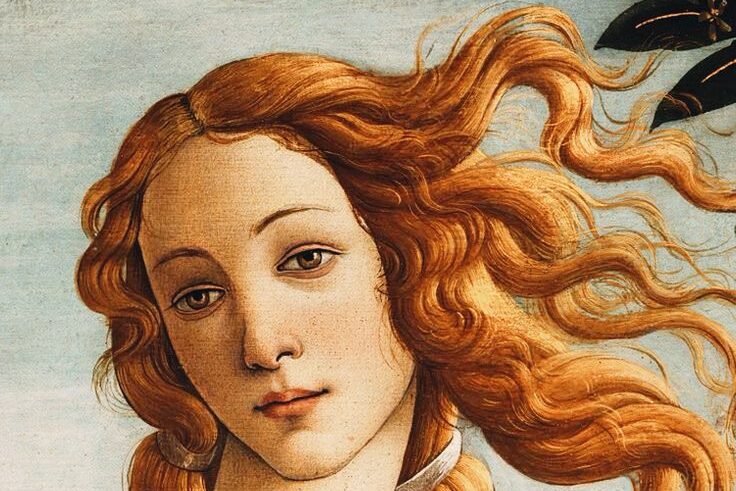
Botticelli’s The Birth of Venus seems like a dream of beauty and grace, but beneath its calm surface lies a coded message about divine love. Venus rising from the sea isn’t just myth; it represents purity emerging from chaos. Every ripple, flower, and fold in her hair speaks about balance between earthly desire and spiritual awakening. Botticelli used mythology to express philosophy, turning a pagan goddess into a symbol of higher thought. It’s beauty with a heartbeat, where meaning flows like waves around her, delicate but endlessly deep.
6. The Skull in The Ambassadors
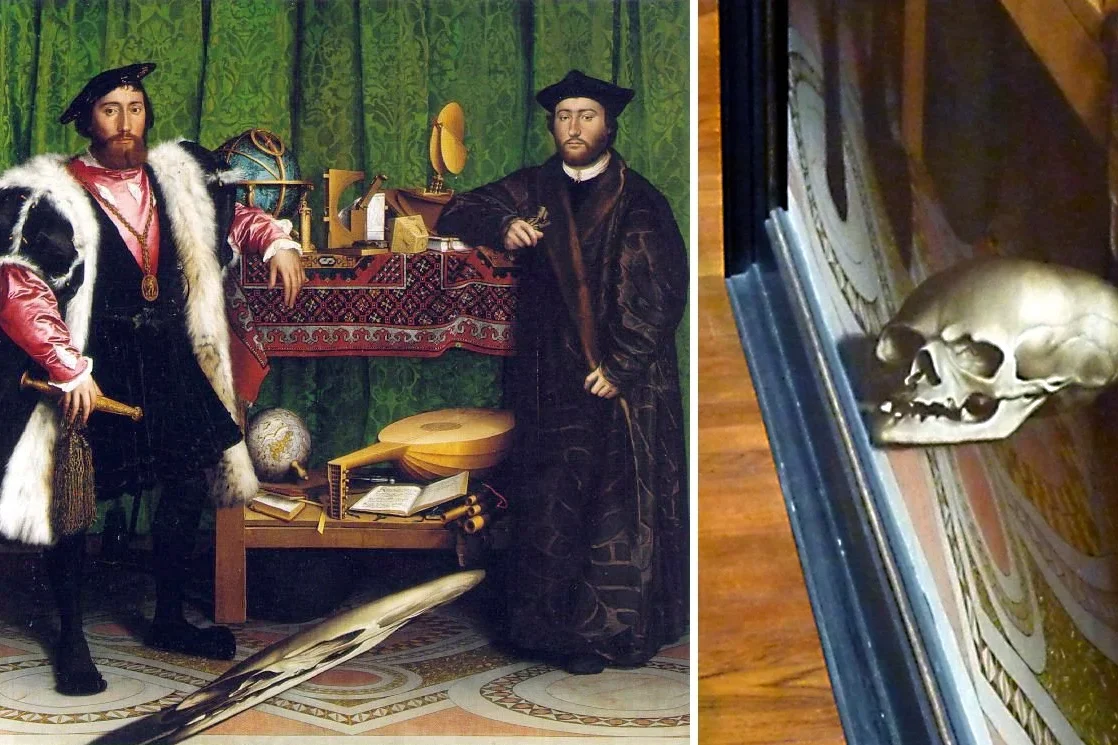
Hans Holbein’s The Ambassadors appears to celebrate status and knowledge, yet at the bottom of the painting lies something strange. A distorted grey shape stretches across the floor, and when viewed from the side, it forms a perfect skull. It’s a brilliant reminder that death exists even among wealth and power. Holbein used perspective as philosophy, showing that truth depends on how we look at things. What seems solid becomes fragile, and pride turns to dust. It’s a subtle warning painted into perfection, a whisper about how temporary greatness really is.
7. Vermeer’s Silent Map
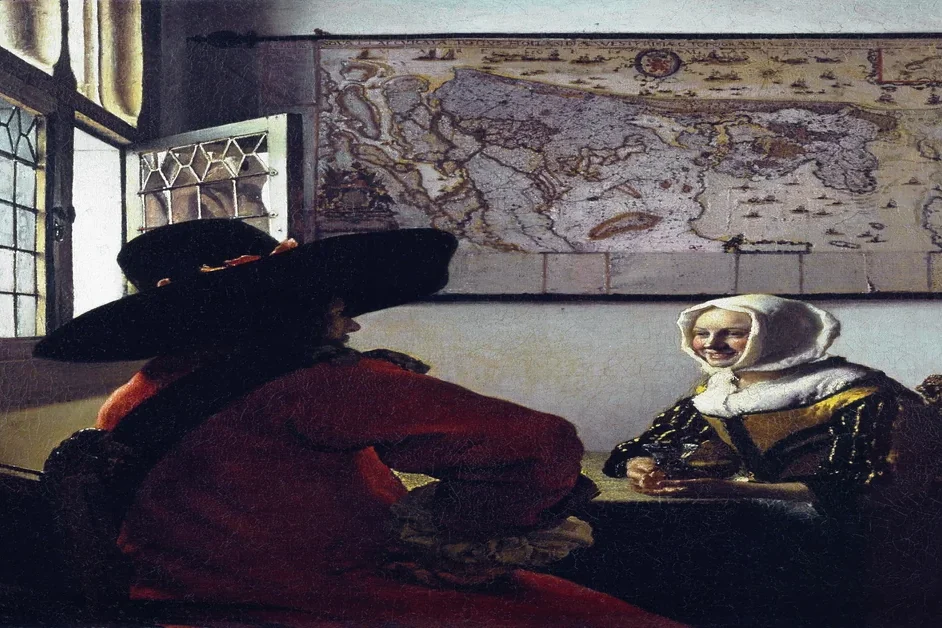
Johannes Vermeer’s The Art of Painting feels like a peaceful domestic scene, but its background tells another story. Behind the artist hangs a detailed map of the Netherlands, symbolizing national pride and freedom during turbulent times. Vermeer often used small details to reveal big ideas, and this one anchors creativity to identity. The sunlight through the window softens everything, yet the map reminds us that art is also history. The room becomes a quiet statement about the power of creation, where the painter’s world and the real world gently meet.
8. The Apple in The Son of Man
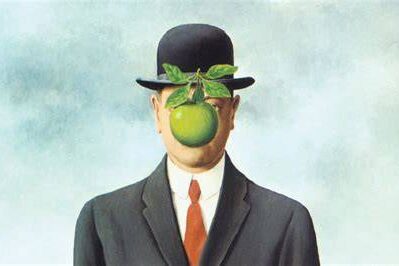
René Magritte’s The Son of Man shows a man in a suit with an apple covering his face, and it never stops feeling strange. The image plays with curiosity, forcing us to question what we can’t see. The apple, ordinary and mysterious, hides his identity while drawing us closer. Magritte once said his art was about making the invisible visible, and this painting does exactly that. It’s a puzzle that never solves itself, reminding us that what we hide might say more about us than what we show.
9. The Brain in The Creation of Adam
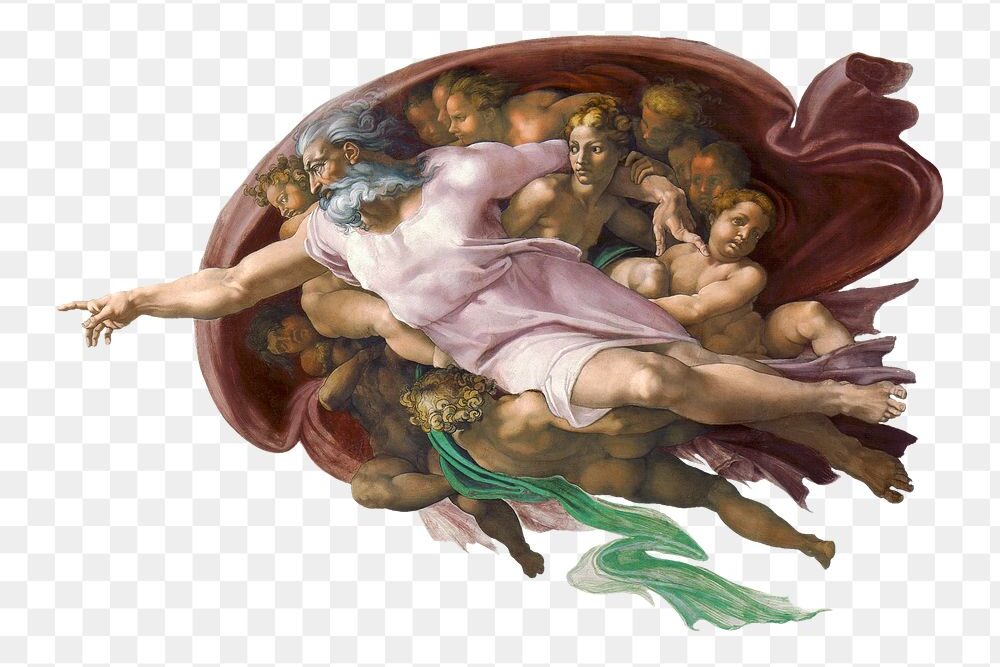
Michelangelo’s The Creation of Adam covers the ceiling of the Sistine Chapel, but one hidden detail turns faith into science. The shape surrounding God and the angels perfectly matches a cross-section of the human brain. Many believe Michelangelo used anatomy to represent divine intelligence, suggesting that the gift God gives Adam is not just life but reason. It’s a subtle idea painted on a sacred wall, bridging belief and understanding. Whether coincidence or design, it transforms the fresco into a celebration of human thought and spiritual awakening combined.
10. The Faces in Guernica
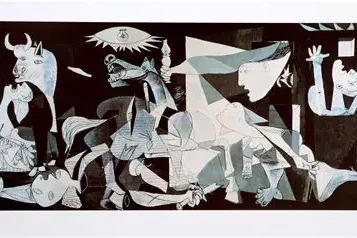
Pablo Picasso’s Guernica feels chaotic at first, filled with broken bodies and screaming figures, but the longer you look, the more faces appear. Some are hidden in the shadows or formed from the shapes of animals and light. Picasso turned anguish into a visual labyrinth, where pain hides behind geometry. Every eye, hand, and tear becomes part of the whole, as if suffering itself takes different forms. The painting doesn’t just tell one story; it tells every story of destruction. Its silence speaks louder than any word could ever manage.
11. The Shadows in Impression Sunrise
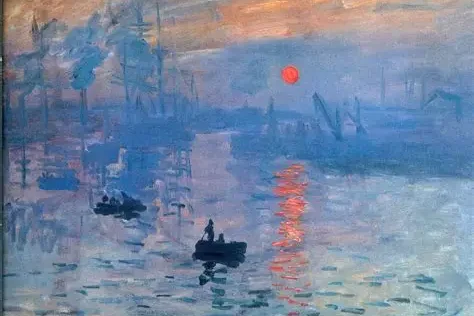
Claude Monet’s Impression, Sunrise glows with calm, yet something about the light feels unreal. The sun seems to rise from a sea that doesn’t follow natural rules. Shadows fall where they shouldn’t, reflecting not what is seen but what is felt. Monet painted how the morning moved him, not how it looked. That freedom changed art forever, showing that feelings can shape reality. The mist, the glow, the water—they all blend into one fragile instant. It’s not just a sunrise; it’s the moment a memory begins to breathe.
12. The Disappearing Lincoln
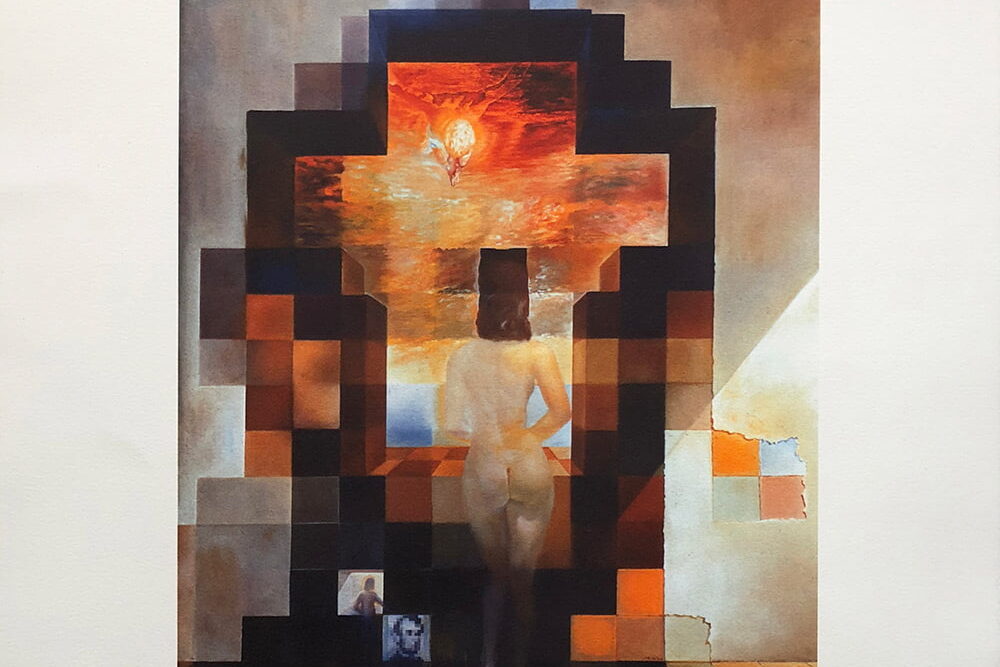
Salvador Dalí loved illusions, and his painting Gala Contemplating the Mediterranean Sea proves it. Up close, you see a woman gazing toward the light. Step back, and the entire scene transforms into the face of Abraham Lincoln. Dalí used this trick to explore how perception changes meaning, how distance reshapes truth. What seems simple becomes layered, and what seems ordinary becomes profound. The painting turns vision into experience, showing how easily the mind plays with what the eyes believe. In Dalí’s world, every glance is a game between sense and imagination.
13. The Phantom Hand in The Night Watch
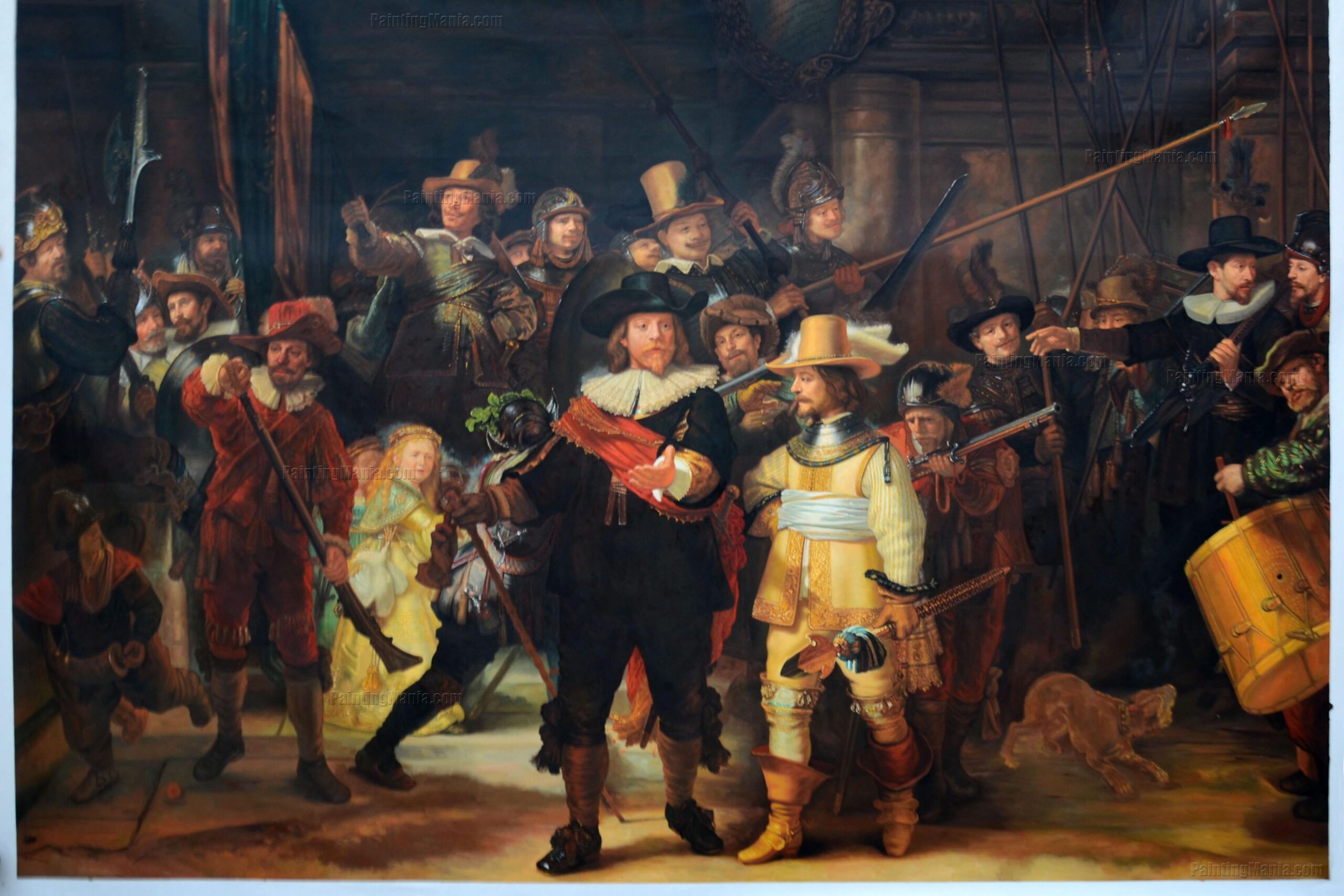
Rembrandt’s The Night Watch is full of movement and light, but among the muskets and shadows lies an unexplained detail. A pale hand holding a weapon appears behind one figure, belonging to no visible body. The ghostly hand gives the painting a surreal depth, as if someone unseen participates in the action. Some think it’s a symbol of unseen leadership; others see it as artistic mystery. Either way, it adds an eerie pulse to the scene. Rembrandt painted human energy so vividly that even a missing hand feels alive.
14. The Hidden Message in Girl with a Pearl Earring
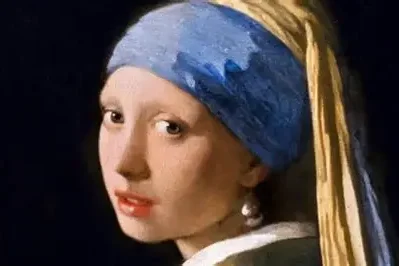
Vermeer’s Girl with a Pearl Earring looks simple, yet beneath her calm expression lies unfinished secrets. X-ray studies show Vermeer first painted a green curtain and perhaps even a letter in her hand before covering them. He left only her face and that luminous pearl, which now carry all the mystery. Her gaze feels as if she wants to say something but never will. It’s the kind of silence that keeps a painting alive. The beauty is not in what we see, but in everything Vermeer chose to hide.
15. Goya’s Shadowed Meaning
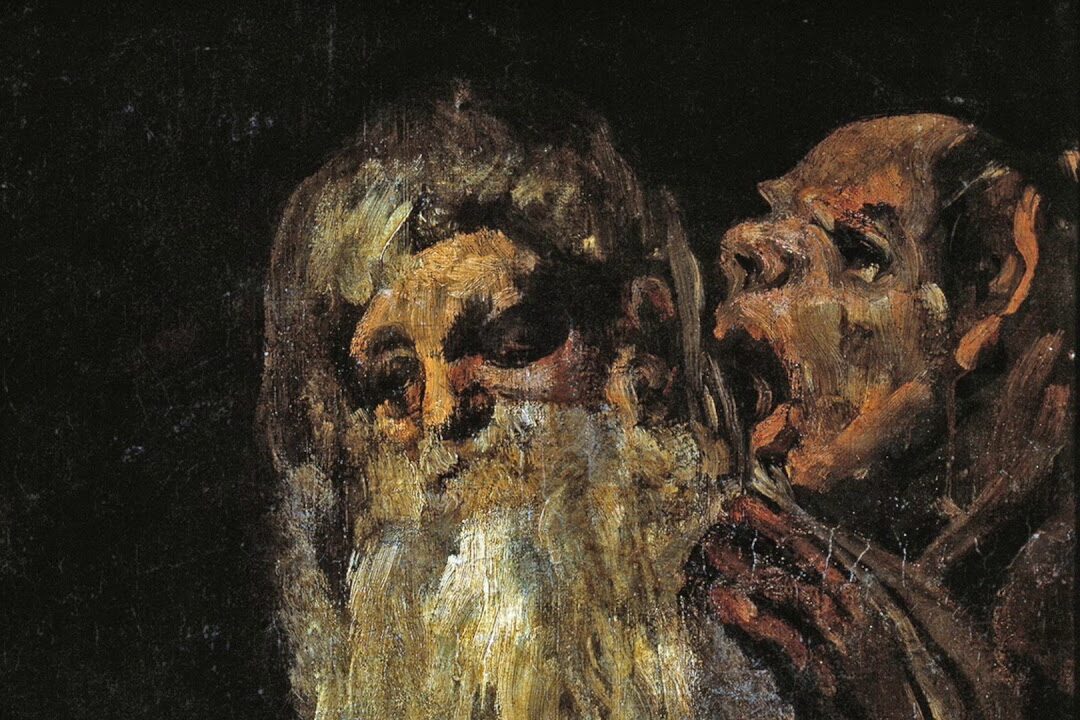
Francisco Goya’s Saturn Devouring His Son is horrifying to behold, but its meaning runs deeper than myth. Many believe it represents his despair over Spain’s violent decline, a nation destroying its own people. The monster’s eyes reflect madness, but also grief. Painted directly onto his home’s walls, it wasn’t meant for display but release. Goya poured his nightmares into reality, using horror as truth. What seems like mythology is really a mirror. It’s less about gods and more about the darkness humans carry when power and fear consume them.
16. The Tension in The Kiss
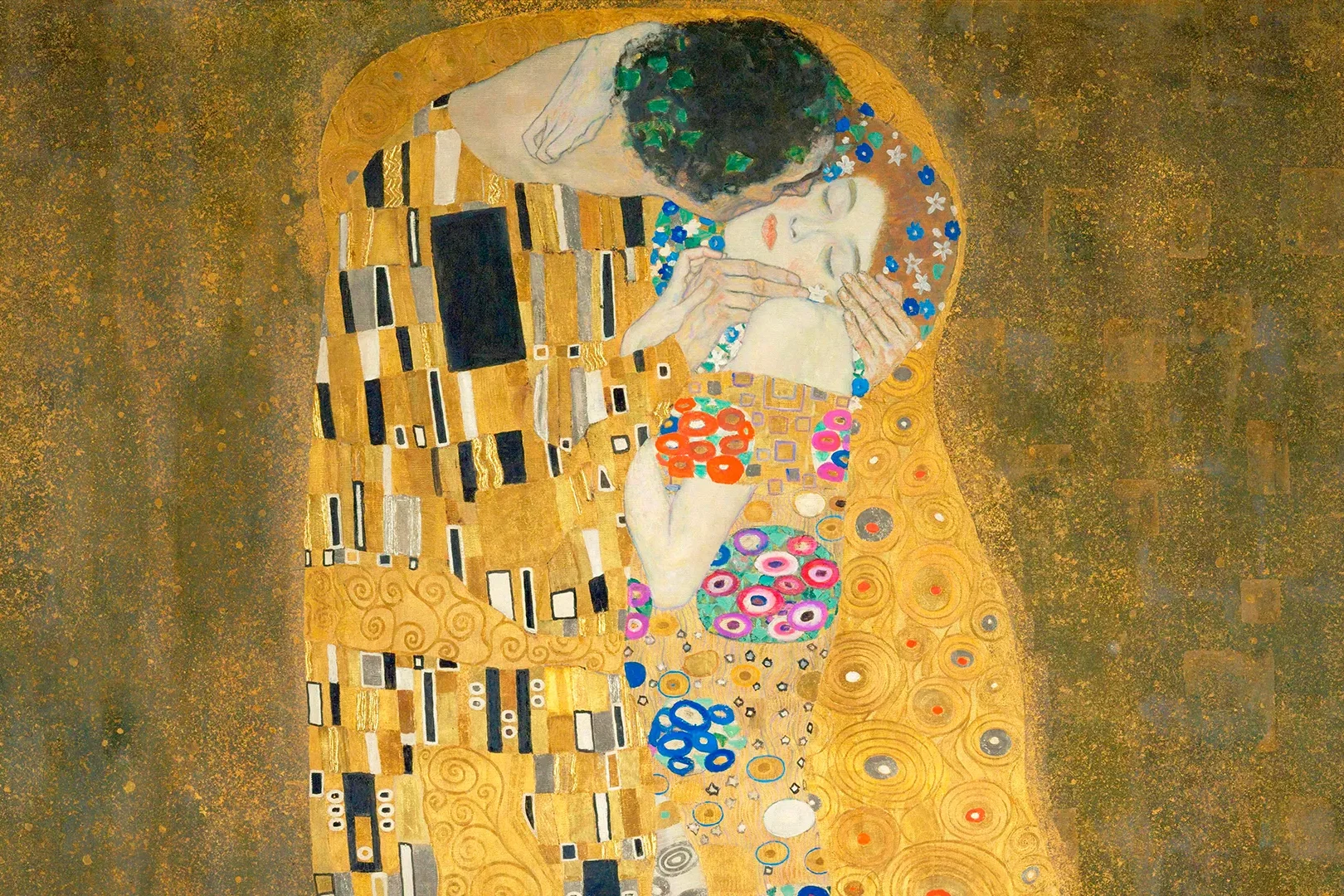
Gustav Klimt’s The Kiss glitters with gold and tenderness, but a closer look reveals quiet tension. The man’s grip is firm, while the woman’s body leans away, her eyes closed between surrender and hesitation. The patterns surrounding them blur boundaries, trapping them in beauty and restraint. Klimt painted love as both heaven and confinement, a blend of desire and vulnerability. The embrace feels eternal yet fragile, like holding something too beautiful to last. It’s the kind of moment that glows with both peace and the faint ache of control.
17. The Symbol in American Gothic
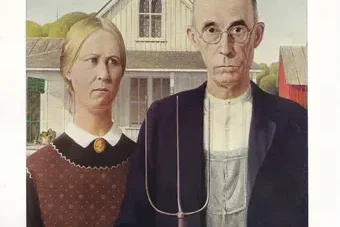
Grant Wood’s American Gothic shows a stern man and woman standing before a farmhouse, but the details quietly mock tradition. The pitchfork, straight and rigid, reflects both their seriousness and the limits of their world. The man’s overalls mirror its shape, turning him into part of the tool he holds. Many thought Wood celebrated rural values, but others believe he was teasing them. The painting’s simplicity hides gentle satire, mixing affection with critique. It’s a reminder that appearances often conceal deeper stories, even in the most ordinary American faces.
18. The Quiet Change in Whistler’s Mother
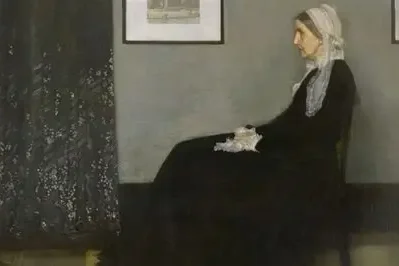
James Whistler’s Arrangement in Grey and Black No.1, known as Whistler’s Mother, seems plain, yet it was once different. Early sketches reveal he planned her in a softer pose before painting her upright and distant. The final version feels restrained, almost heavy with silence. Her stillness becomes emotion itself, the pause between words never spoken. The muted colors and strict composition reflect duty and quiet strength. It’s not just a portrait of a woman; it’s the shape of endurance. Even in stillness, she feels alive, carrying centuries of quiet grace.
This story 18 Famous Paintings That Have Hidden Details You’ve Never Noticed was first published on Daily FETCH


